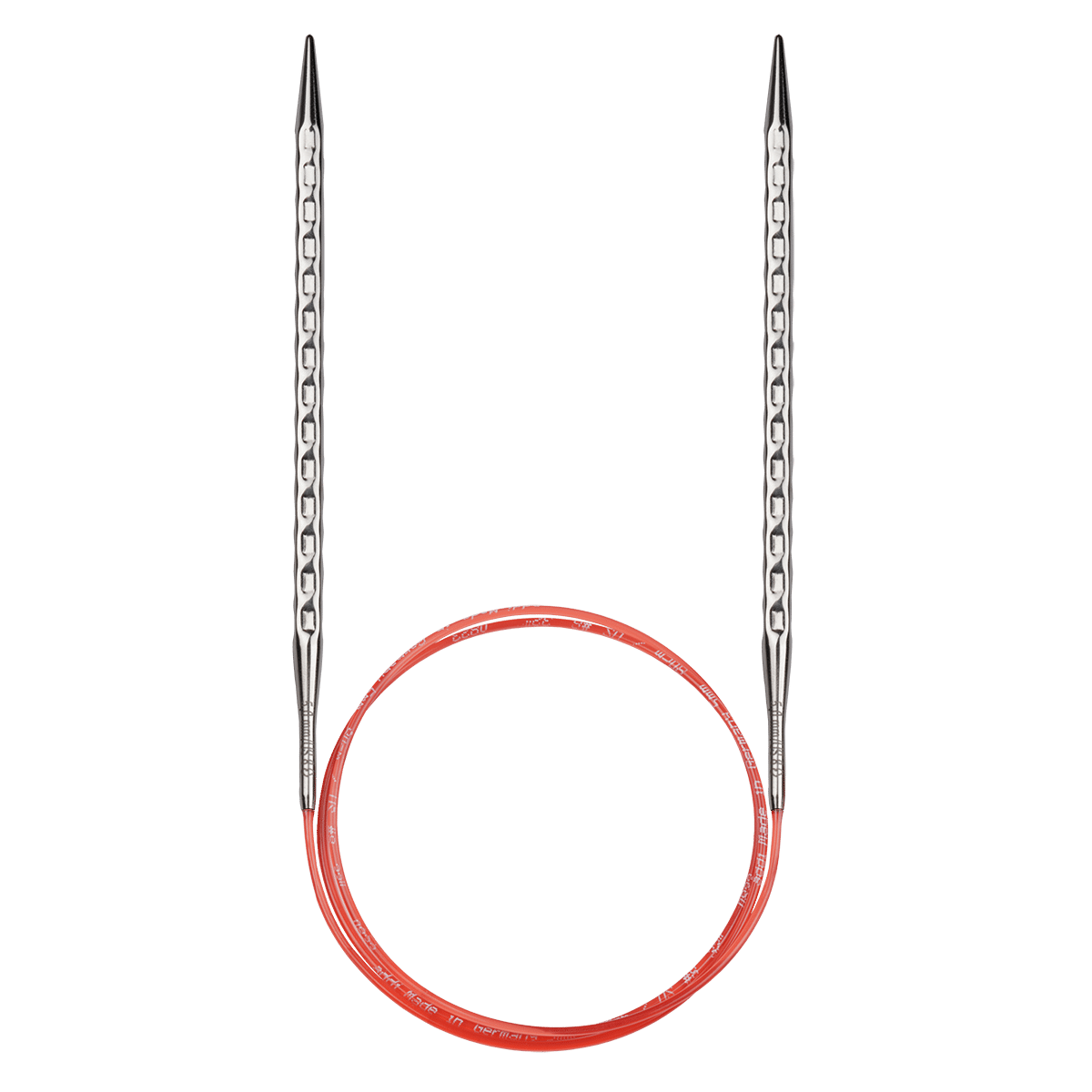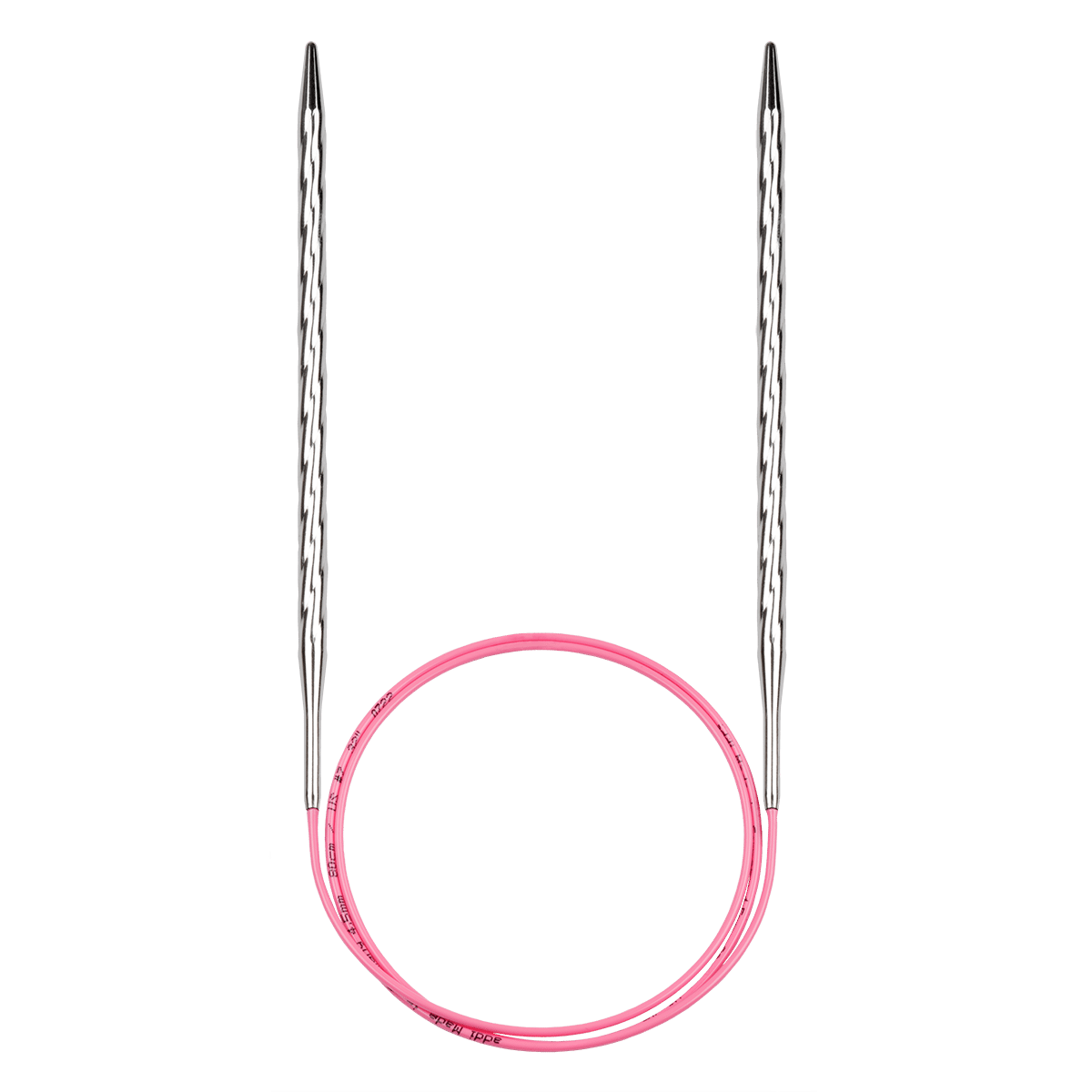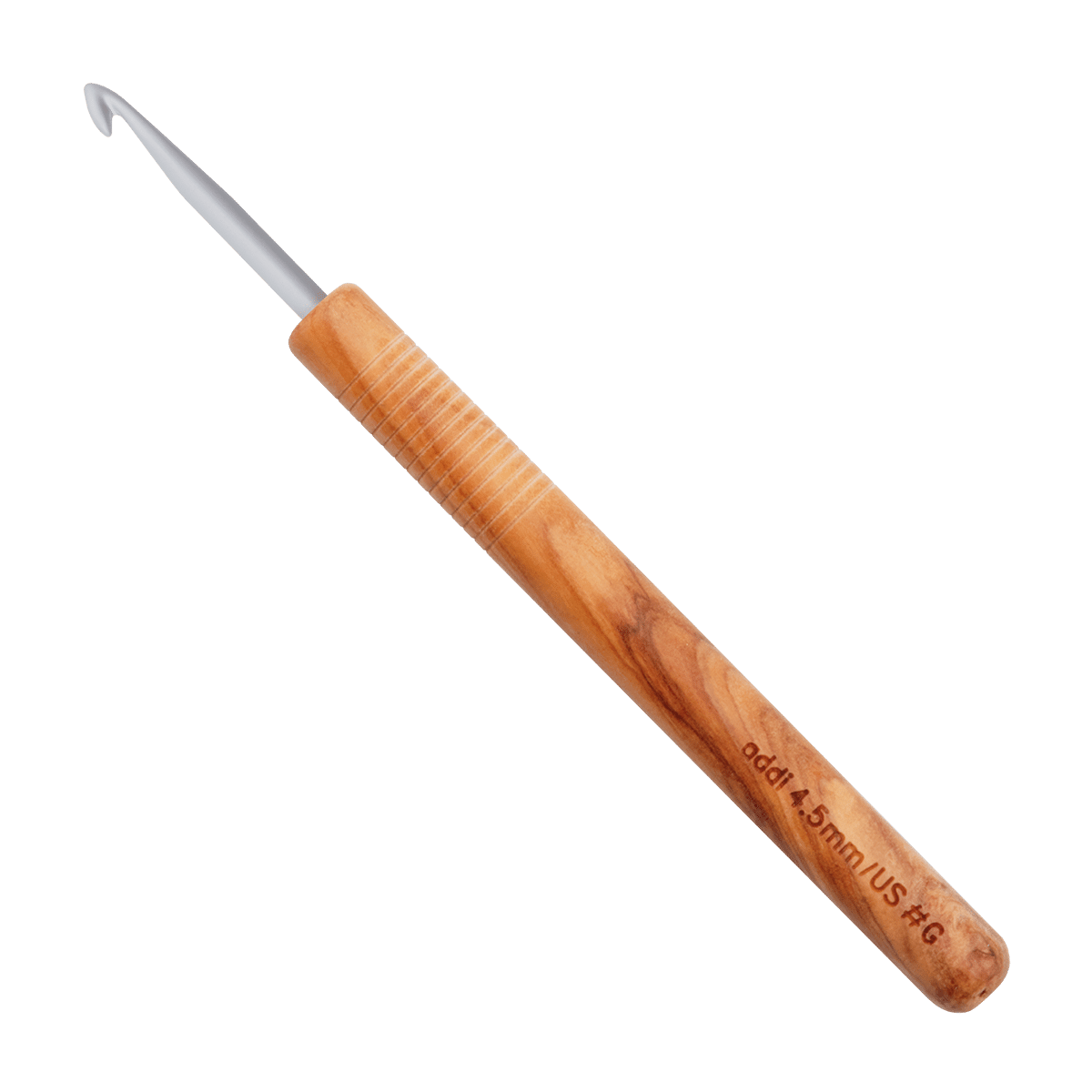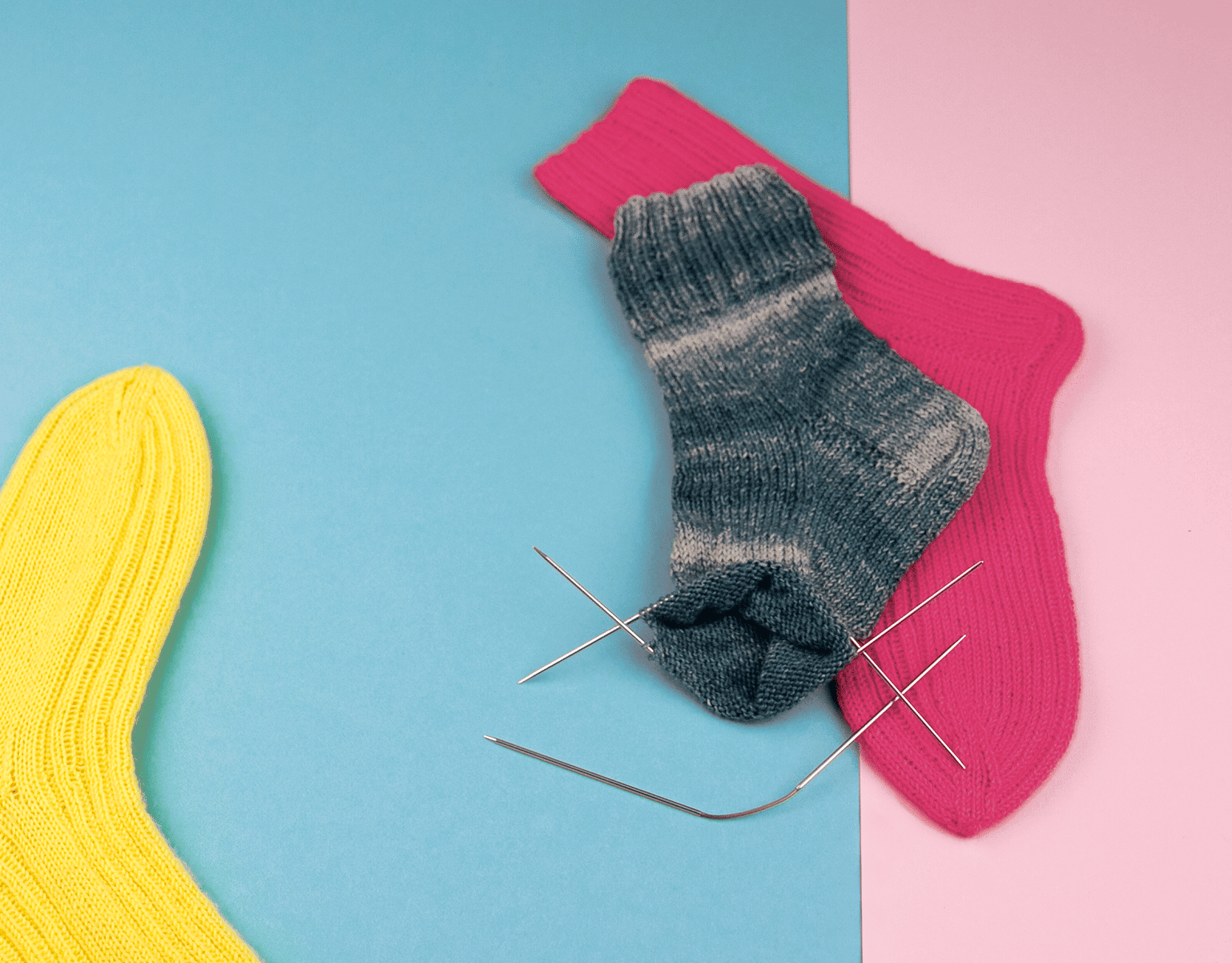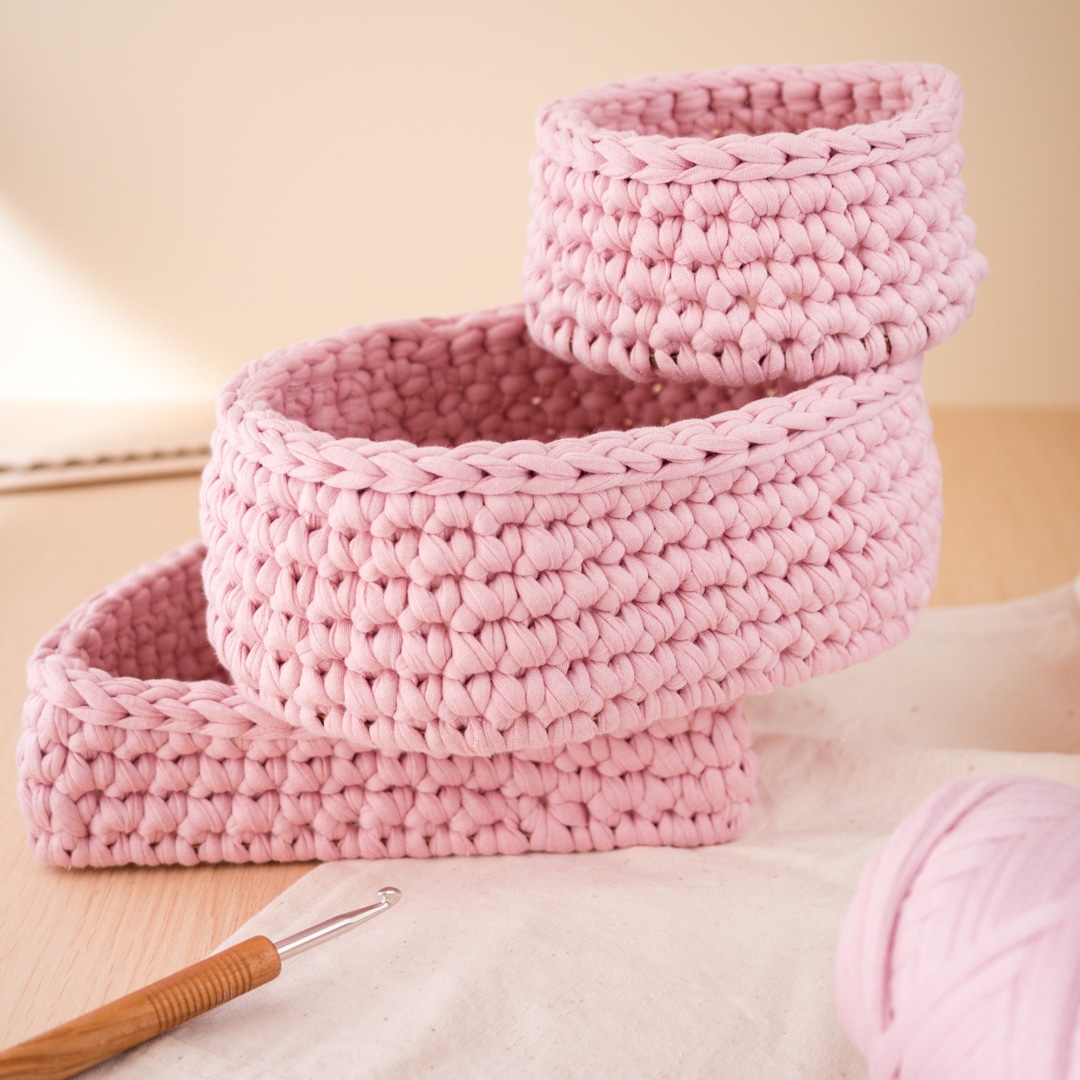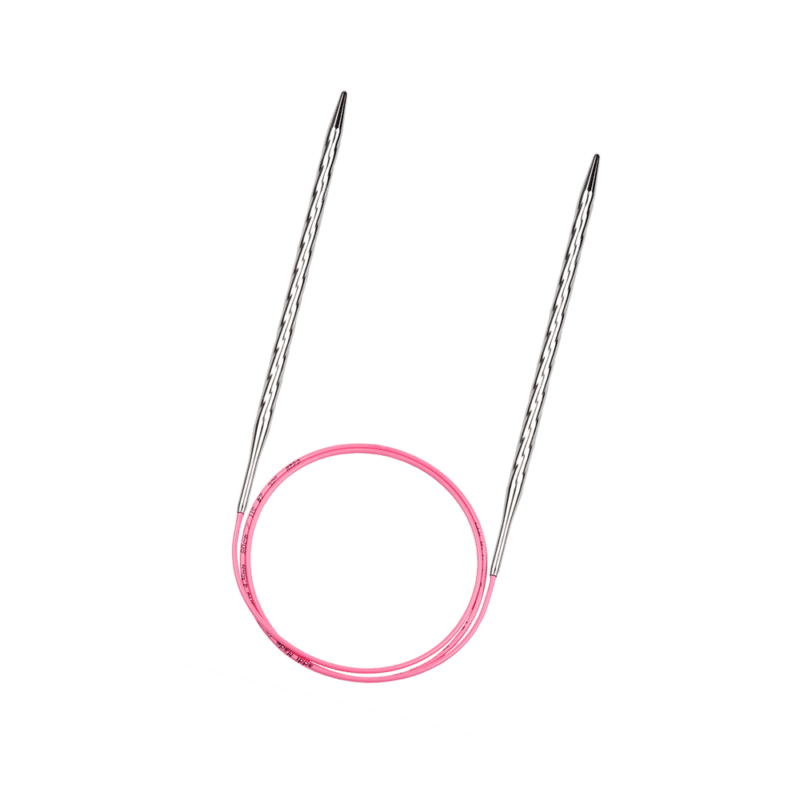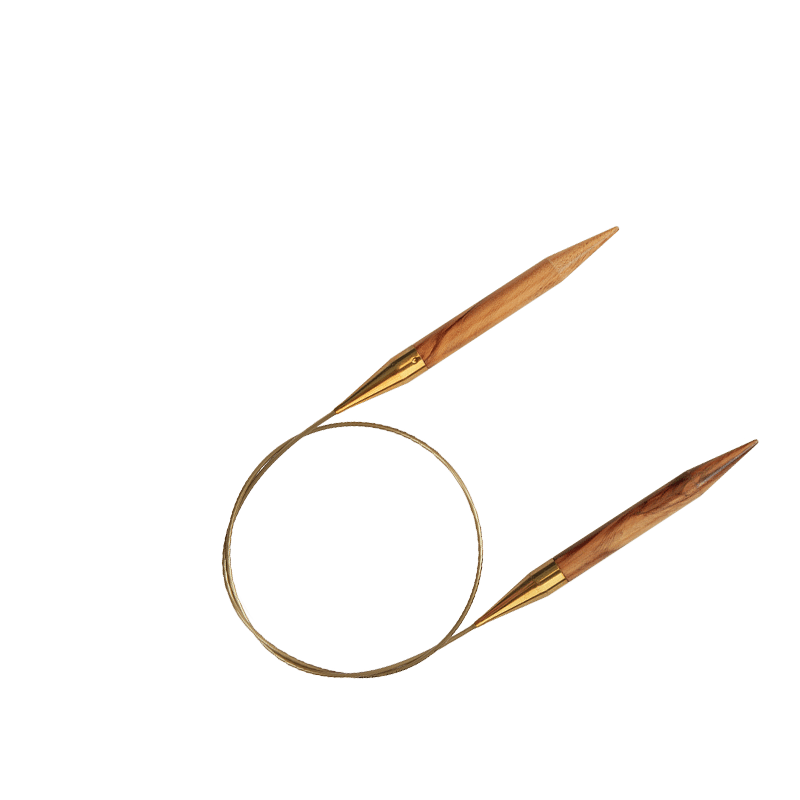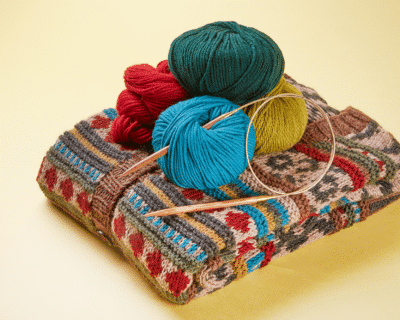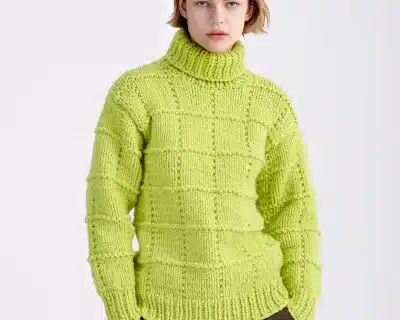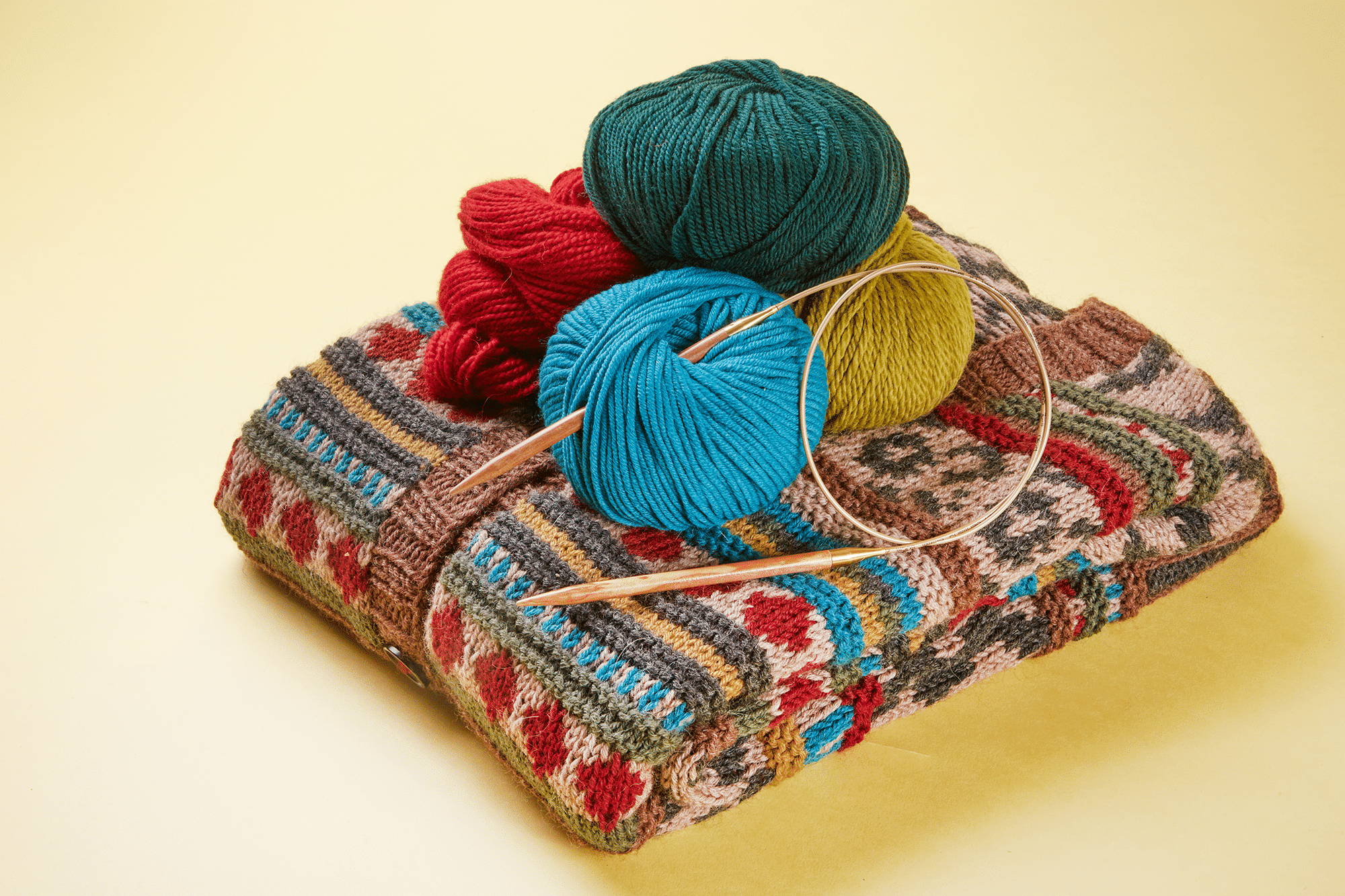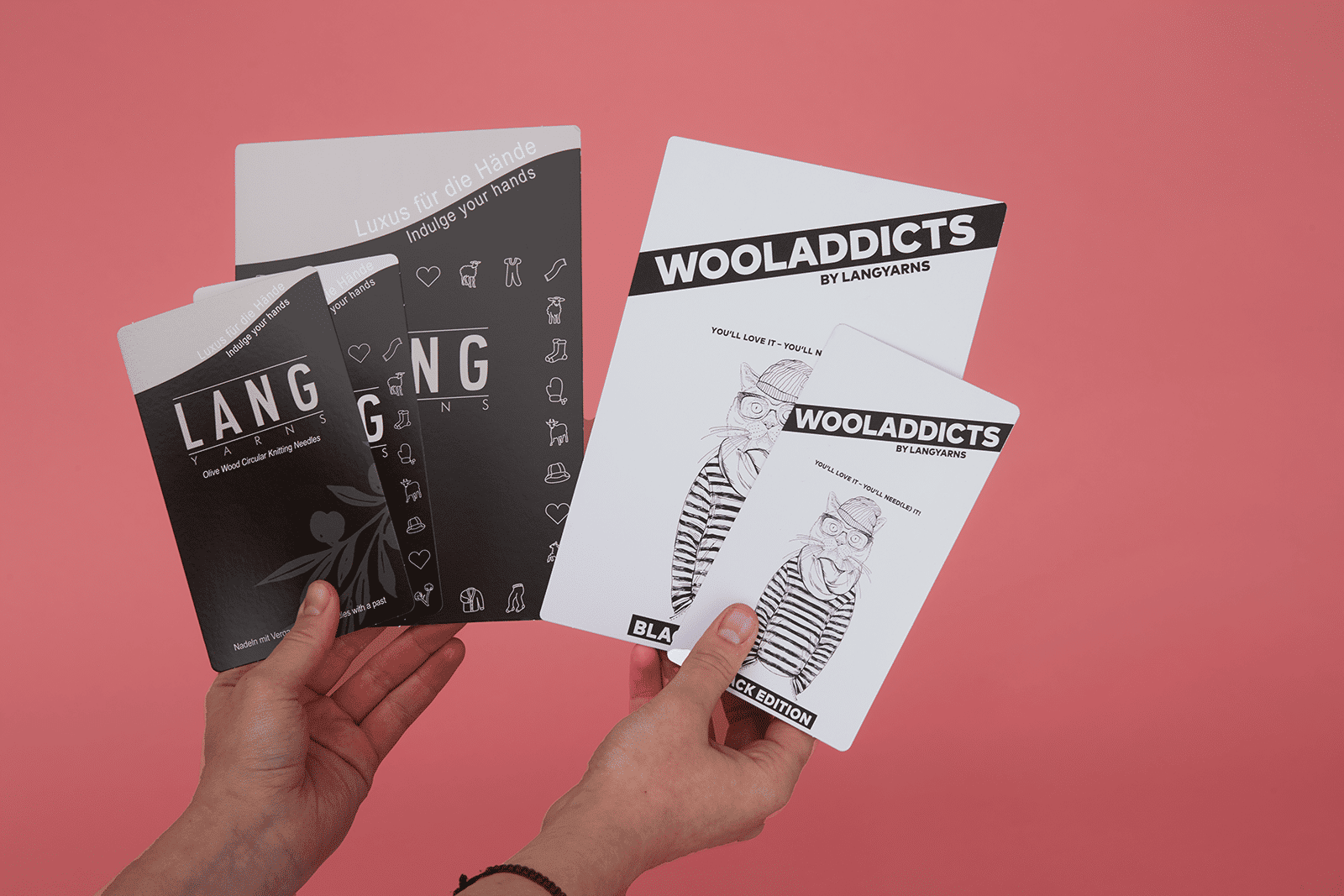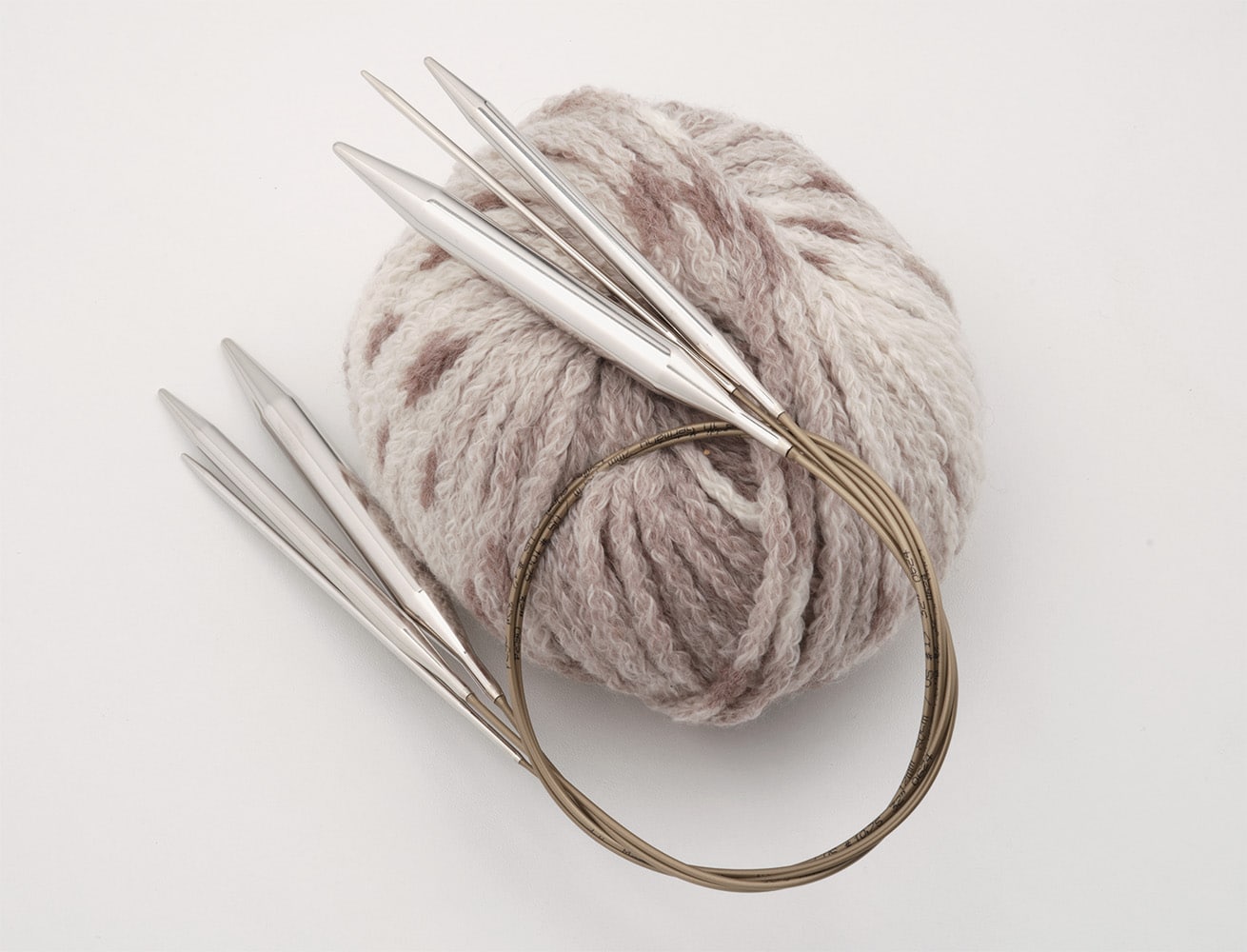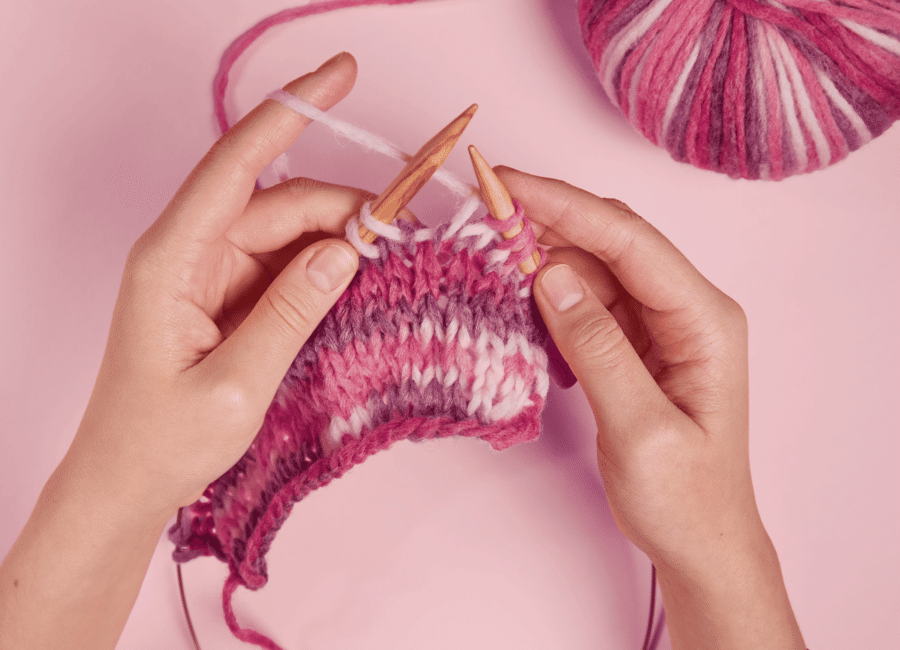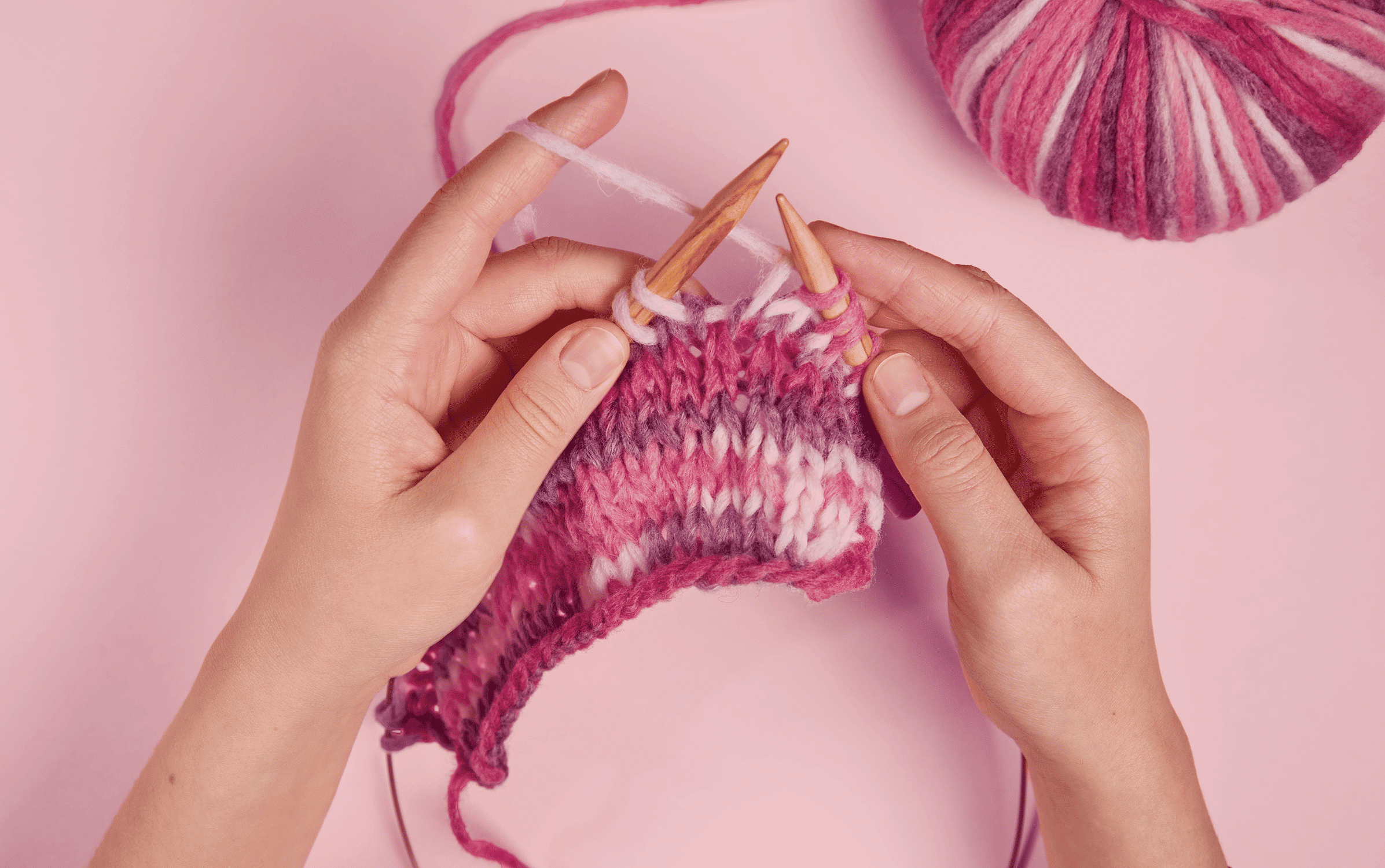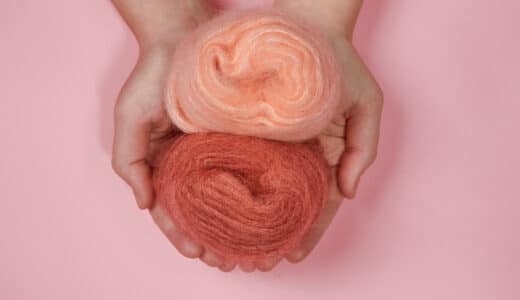No compromise –
part 2.
Creating something ourselves is only really fun when what we process is of good quality. There is nothing worse than wearing scratchy sweaters, scarves or socks on your skin in winter. Especially when you want to have it cozy.

For more input, we were able to interview 2 absolute experts on this subject, who themselves have been in the industry for a long time and are familiar above all with the highest quality – Sebastian Hermann from Schulana and Jakob Lang from Lang Yarns


For more input, we were able to interview 2 absolute experts on this subject, who themselves have been in the industry for a long time and are familiar above all with the highest quality – Sebastian Hermann from Schulana and Jakob Lang from Lang Yarns
But how did the two of them actually come to do business with yarns?
Sebastian Hermann:
“I started looking for a distribution company to get a foot in the door to self-employment. With the distribution company AWV I got my first taste of “wool” in the German exclusive distribution for SCHULANA, Opal and Bremont.
But the fascination with natural fibres and their possible uses, as well as the passion for trends and collars, intensified so quickly that in 2016 I seized the opportunity to realize my own ideas and conceptions in a targeted and collected manner by taking over the SCHULANA brand.”
Sebastian Hermann:
“I started looking for a distribution company to get a foot in the door to self-employment. With the distribution company AWV I got my first taste of “wool” in the German exclusive distribution for SCHULANA, Opal and Bremont.
But the fascination with natural fibres and their possible uses, as well as the passion for trends and collars, intensified so quickly that in 2016 I seized the opportunity to realize my own ideas and conceptions in a targeted and collected manner by taking over the SCHULANA brand.”
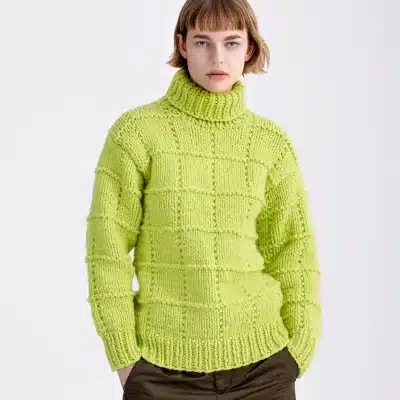
Jakob Lang’s company, on the other hand, like Selter’s, has been around since 1829.
Jakob Lang:
“Like addi, my ancestors founded a fabric manufacturing business in 1829. From 1867, we produced cotton yarns. From the 1920s, my grandfather Erich, manufactured and distributed yarns under his own brand, LANG GARN & WOLLE.”
With such common ground, this could only be a good collaboration, right?
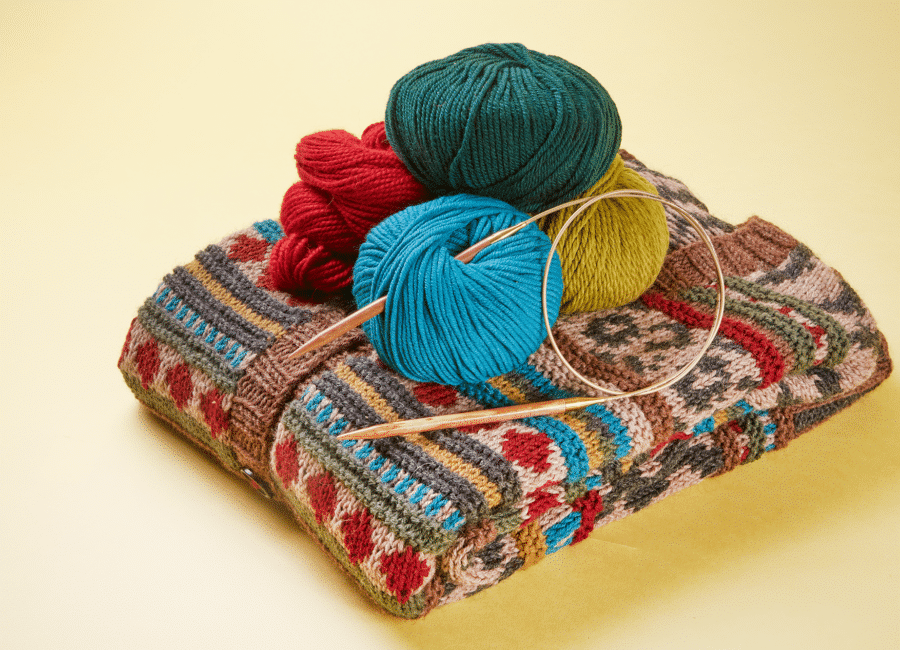
Jakob Lang’s company, on the other hand, like Selter’s, has been around since 1829.
Jakob Lang:
“Like addi, my ancestors founded a fabric manufacturing business in 1829. From 1867, we produced cotton yarns. From the 1920s, my grandfather Erich, manufactured and distributed yarns under his own brand, LANG GARN & WOLLE.”
With such common ground, this could only be a good collaboration, right?
Where are your yarns produced, is attention paid to sustainable production, and does that affect the price?
Schulana’s yarns are made exclusively in Italy, as are most of Lang Yarns’ yarns. Quality plays a big role for both, as does contact with the spinning mills.
In today’s world, sustainability aspects are becoming more and more important. Everywhere, in every production, thus also with wool. But what is actually defined by this and does sustainable wool production also have an impact on the price?
Sebastian Herrmann: “Sustainable productions are usually more elaborate or often involve an additional step in processing. Maintaining animal welfare through species-appropriate and thus gentle shearing is also more costly.”
Jakob Lang: “Sustainability has its price. Very roughly, sustainability can be divided into fibre production – processing – transport – recycling.”
However, you cannot make a blanket statement that the most expensive wool is always the most sustainable wool. Mr. Hermann explains that there is a big difference in natural fibres depending on the species and their origin. “A pure cashmere wool can cost 4 times as much as an equally high-quality merino wool.” In addition, the fineness of the yarn plays a big role. For example, a baby alpaca is much finer and fluffier than its adult relative. Thus, baby alpaca yarn is more expensive.
Where are your yarns produced, is attention paid to sustainable production, and does that affect the price?
Schulana’s yarns are made exclusively in Italy, as are most of Lang Yarns’ yarns. Quality plays a big role for both, as does contact with the spinning mills.
In today’s world, sustainability aspects are becoming more and more important. Everywhere, in every production, thus also with wool. But what is actually defined by this and does sustainable wool production also have an impact on the price?
Sebastian Herrmann: “Sustainable productions are usually more elaborate or often involve an additional step in processing. Maintaining animal welfare through species-appropriate and thus gentle shearing is also more costly.”
Jakob Lang: “Sustainability has its price. Very roughly, sustainability can be divided into fibre production – processing – transport – recycling.”
However, you cannot make a blanket statement that the most expensive wool is always the most sustainable wool. Mr. Hermann explains that there is a big difference in natural fibres depending on the species and their origin. “A pure cashmere wool can cost 4 times as much as an equally high-quality merino wool.” In addition, the fineness of the yarn plays a big role. For example, a baby alpaca is much finer and fluffier than its adult relative. Thus, baby alpaca yarn is more expensive.
Is there then also a trend dependency in terms of the quality of the wool?
Sebastian Hermann: „Natürlich spielen Trends eine Rolle in der Entstehung eines Produkts und deren Qualität, sonst verfehlt man den Puls der Zeit! Als die Reinigung der Ozeane in aller Munde war, haben wir z.Bsp. ein Garn gelauncht, das zum Großteil aus recyceltem Meeresplastik besteht – das war zu diesem Zeitpunkt Trend, ist nun aber schon fast Standard, dass man auch auf Wiederverwertung achtet!“
Is there then also a trend dependency in terms of the quality of the wool?
Sebastian Hermann: „Natürlich spielen Trends eine Rolle in der Entstehung eines Produkts und deren Qualität, sonst verfehlt man den Puls der Zeit! Als die Reinigung der Ozeane in aller Munde war, haben wir z.Bsp. ein Garn gelauncht, das zum Großteil aus recyceltem Meeresplastik besteht – das war zu diesem Zeitpunkt Trend, ist nun aber schon fast Standard, dass man auch auf Wiederverwertung achtet!“
Have you learned something again?
In a few weeks it will be colder again and the cozy scarf made of high-quality alpaca, merino or cashmere wool will not knit itself. In our range of instructions, you will certainly find what you are looking for.
But before you do, you can read about which addi needles our two yarn experts would choose.
In a few weeks it will be colder again and the cozy scarf made of high-quality alpaca, merino or cashmere wool will not knit itself. In our range of instructions, you will certainly find what you are looking for.
But before you do, you can read about which addi needles our two yarn experts would choose.

The favourite addi needle
Jakob Lang:
“This is my favorite question. Any addi – product with which you work LANGYARNS! All kidding aside, we have been working with addi since 1986. Our companies have a similar philosophy:
"innovation, quality, customer focus. In short, we love addi.”
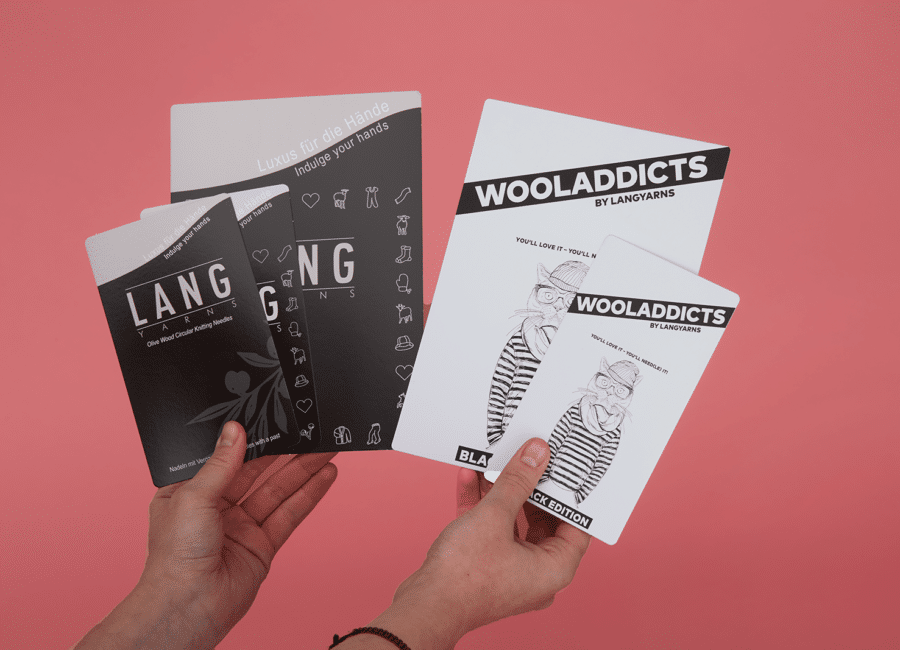
The favourite addi needle
Jakob Lang:
“This is my favorite question. Any addi – product with which you work LANGYARNS! All kidding aside, we have been working with addi since 1986. Our companies have a similar philosophy:
"innovation, quality, customer focus. In short, we love addi.”

